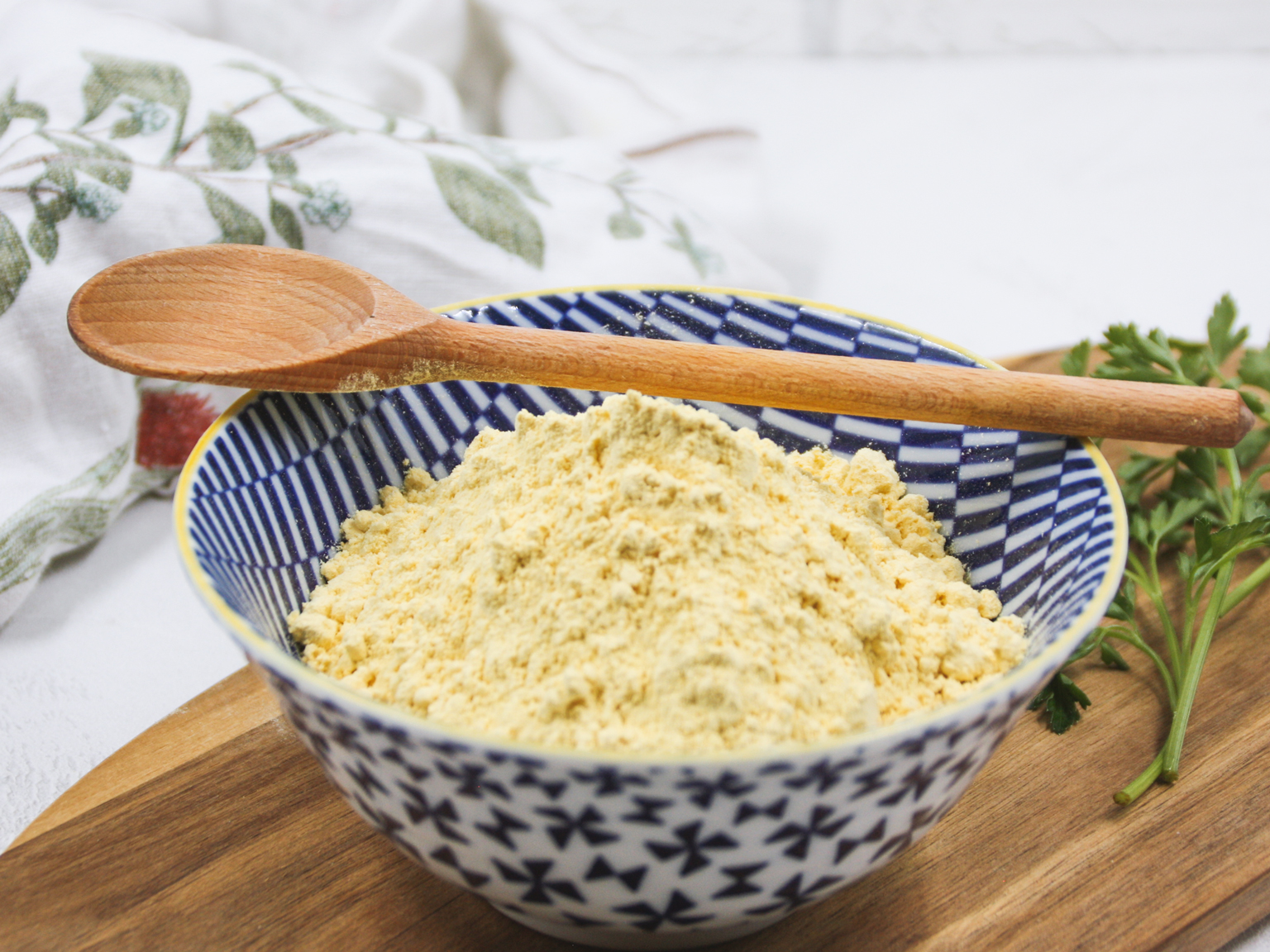Lupin beans are legumes belonging to the same family as peanuts (that fact doesn’t make them nuts, but it makes them unsafe for people with allergies to peanuts/soy). Most people usually imagine flowers when they hear ‘lupins’. And flowers they are, but with an additional nutritional value of beans – they are cultivated both as a food source and as ornamental plants.
Lupins or lupini beans as some would call them in the Italian way (an ‘italicized’ version). And they really were popular among Romans, who distributed their cultivation throughout the whole empire. That’s why today lupini are found in the Mediterranean region in Italy, Spain, Portugal, Greece. Not only though: lupins are also popular in Australia, in Brazil, in the Near and Middle East, where brined and chilled lupini beans are called termos. This is a go-to snack that you can find on the streets of Lebanon for instance. Cart vendors sell these glossy yellow pillows (yep, the beans) that look like bigger versions of corn.
The main caveat is the bitterness of the beans. It’s due to the alkaloid compounds characteristic to the seeds. But have no fear, a 48-hour soaking with several water changes can fix that. If you happen to buy dried lupini beans, measure 1 cup of them, mix with 5 cups of water and 1 Tbsp of salt. Leave it for the whole day soaking, changing the water twice along the way. Then drain the water, rinse the beans, fill the pot with 5 cups of fresh water, add another 1 Tbsp of salt and bring everything to a boil. Once the water hits the rolling boil stage, turn heat to medium-high and continue cooking for 2 more hours until tender. Turn off the heat, let the beans cool and serve as is or as a part of a mezze. Mezze is a selection of starters served as a part of a multi-course meal but can be served on their own as small appetizers (or hors d’oeuvres, if you will). Hummus, baba ghanoush (cooked and mashed eggplant with tahini), tabbouleh (bulgur and parsley salad), stuffed zucchini and eggplant, stuffed grape, chard, or cabbage leaves (with spiced rice and ground meat). Plenty of variants to choose from and pair with lupins.
In Europe, thanks to the Romans, lupins are not uncommon nowadays too. We’ve seen how people eat them in the Middle East, and now here’s a recipe from Italy. Counterintuitive as it may be, but slightly bitter beans can really benefit from adding slightly bitter herbs like arugula, chicory, dandelion, or Swiss chard. Take 2 handfuls of salad of your choice and combine with 1 cup of cherry tomatoes, and 2 cups of lupini beans (you can choose to de-hull them, by removing the outer skin, though bear in mind that it is completely edible). Prepare a simple vinaigrette by mixing together 4 Tbsp of olive oil, 4 Tbsp of balsamic or white wine vinegar, 4 Tbsp of lemon juice with a pinch of chilli flakes, salt and pepper. It would be great if you could roast a couple of garlic cloves, wrapped in foil, in the oven. It will add the mellowness and sweetness. But fresh will also do. Mince it and mix with chopped chives. Toss everything together in a big bowl and top with the nuts of your choice. Feel free to add any fresh produce of your choice: peppers, squashes, carrots. Everything will be great as long as you love it.











What do you think?